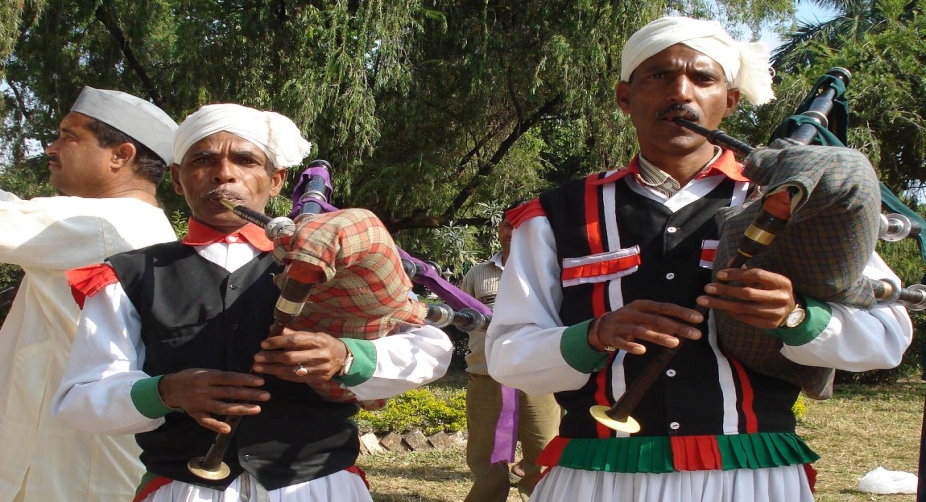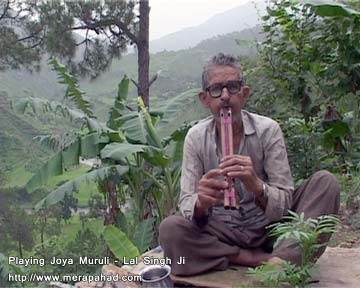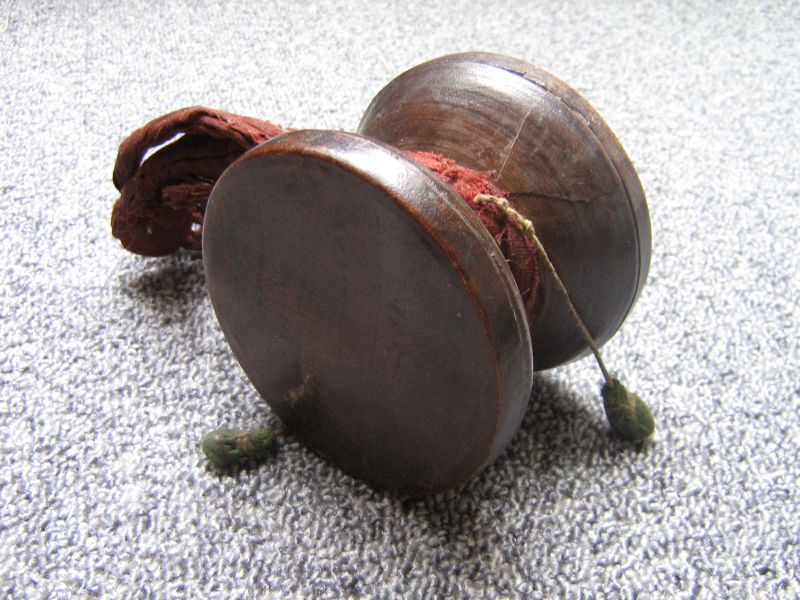Uttarakhand Folk Dance
UTTARAKHAND FOLK DANCE
Famous Folk dances of Uttarakhand
1. Barada Nati

Barada Nati folk dance may be a popular dance in the Jaunsar Bhawar area of Chakrata Tehsil in the Dehradun district. The folk dance is performed on the eve of some religious festivals or on some social functions.
2. Langvir Nritya

Langvir Nritya is an acrobatic dance performed by the lad’s folk only. During this dance, an extended bamboo pole is fixed at a place.
3. Pandav Nritya

Pandav Nritya which said to the story of Mahabharata has been very popular, particularly in the Garhwal region. The narration is usually enacted on ‘Dussehra’ and Diwali.
4. Bhotiya Tribal Folk Dances

Bhotiya tribals have their typical dances like ‘Dhurang and Dhuring’ which relate to death ceremonies. The dance is analogous to the pastorals of Himachal Pradesh or the hunting dance of Nagaland.
5. Chounphula and Jhumeila

‘Chounphula and Jhumeila’ form a part of seasonal dances which performed ‘Basant Panchami’ to ‘Sankranti’ or ‘Baisakhi’. ‘Jhumeila’ is usually mixed but usually restricted to women. ‘Chounphula’ may be a spinning dance performed by all sections of the community, at night, in groups by men and ladies.
6. Chhapeli

Everywhere the world, in societies sophisticated or primitive, courtship dance portrays id miniature, the customs of the people and country; it’s not necessary that the couples participating in it be actual lovers though the initial cause was the pairing of, to increase the tribe.
Danced by one couple or many, the feminine holds a mirror in her left hand and a colored handkerchief in the other. The mirror, the foremost interesting part, symbolizes something vague or mysterious. The song consists of solo chores and is sung by the Hurka players and their associates standing in a semi-circle behind the dancers.
7. Chancheri

Chancheri dance form resembles Jhora.
8. Jhora

A community dance, when all barriers of castes are thrown to the winds, except within the village, where the high and lower castes have separate Jhoras, it’s danced at fairs to the accompaniment, of singing that grows with the dance.
Performed either in the morning or evening, they’re danced at the coming of spring, mostly at fairs, but also to celebrate weddings. Together they move in a circle, holding each other’s arms and slightly bending their bodies forward as they move.
Each step is crazy a slight jump and the accompanying neck and shoulder movements. there’s no limit to the dance, going on sometimes, for twenty-four hours with new groups joining in while old ones retire.
9. Choliya Dance

Dating back to over a thousand years, the Choliya dance has its origins within the warring Khasiya Kingdom of Khasdesh, when marriages were performed for the purpose of the swords. They were united by the Chand kings who arrived on the scene of the 10th century.
Performed by the Rajputs with sword and shield in pairs, the drummers are usually Harijans called Dholies, while the Turi and Ransing are played by Bairagis, Jogi’s, and Gosains. Specially trained, though dancing isn’t their profession.
These Rajput dancers come from the Champawat and Almora. The complete team consists of 22 people, eight of which are dancers, and 14 who are musicians.
10. Thali, Jadda and Jhainta

While the Thali may be a graceful dance of women, the Jadda and Jhainta are dancing during which women and men whirl together with gay abandon. The full region is a kaleidoscope of folk dancing.
Folk Musical Instruments of Uttarakhand:
Traditional musical instruments of Uttarakhand reflect the values of Uttarakhand people. The famous musical instruments are, Damama, Hurka, Turturi or Turhi, Mushak Been or Bagpipe, or Flute these are the foremost famous in Uttarakhand.
Folk dance and music both require the assistance of several musical instruments that lend the former their characteristic simplicity and regional touch and make them more enchanting. These instruments form the soul of folk’s dance and music.
1. Dhol

This is often a drum in which a wooden or brass hollow covered with leather ate both ends. It’s generally played in Barats, Navratri’s, and religious processions.
2. Ransingha

The ransingha or ransinga may be a type of primitive trumpet made of copper or copper alloys, utilized in both India and Nepal. The instrument is formed of two metal curves, joined together to make an “S” shape. it’s going to also reassemble to form a crescent.
3. Bhankora

The bhankora (plural: bhankore) may be a type of trumpet made of copper that is prominently used in the folk music of Uttarakhand in India, especially within the Garhwal region. The instrument is aerophonic and used specifically in religious Garhwal Folk Dramas, most notably the Pandav Lila and Nanda Devi Raj Jat.
The instrument was played only by upper crust Garhwali’s during the Naubat, Dhanyal, and Dev Jatra sorts of religious ritual performances. The bhankora is formed of copper and is about 36 inches long and about 3 inches in diameter; it creates a sweet melodious sound and tone.
4. Damama

This consists of two leathered brass cones one somewhat bigger and therefore the other small. The larger one is called ‘Daindama’ while the smaller one is called ‘Baundamu’.
5. Hurka

The staccato beats of the Hurka are heard in almost every song or dance performance in Uttarakhand.
6. Turturi or Turhi

The trumpet-like organ is found in two forms. One is sort of long and curved in shape while the other resembles a snake in its coiled form.
7. Binai

This is often a small instrument made of iron. ‘Binai’ may be a small instrument made of iron made by local blacksmiths.
8. Mushak Been or bagpipe

This well-known Scottish instrument introduced in Uttarakhand by the British army some 200 years back around the Anglo-Gorkha was of 1814-15. Now it’s an inseparable part of folk music and dances.
9. Muruli or Flute

Muruli or flute has been an integral part of the lives of shepherds and cattle grazers in Uttarakhand. The ever-enchanting landscapes undoubtedly provided the inspiration to make new tunes on which some folk songs are based.
10. Damru

Comments
Post a Comment